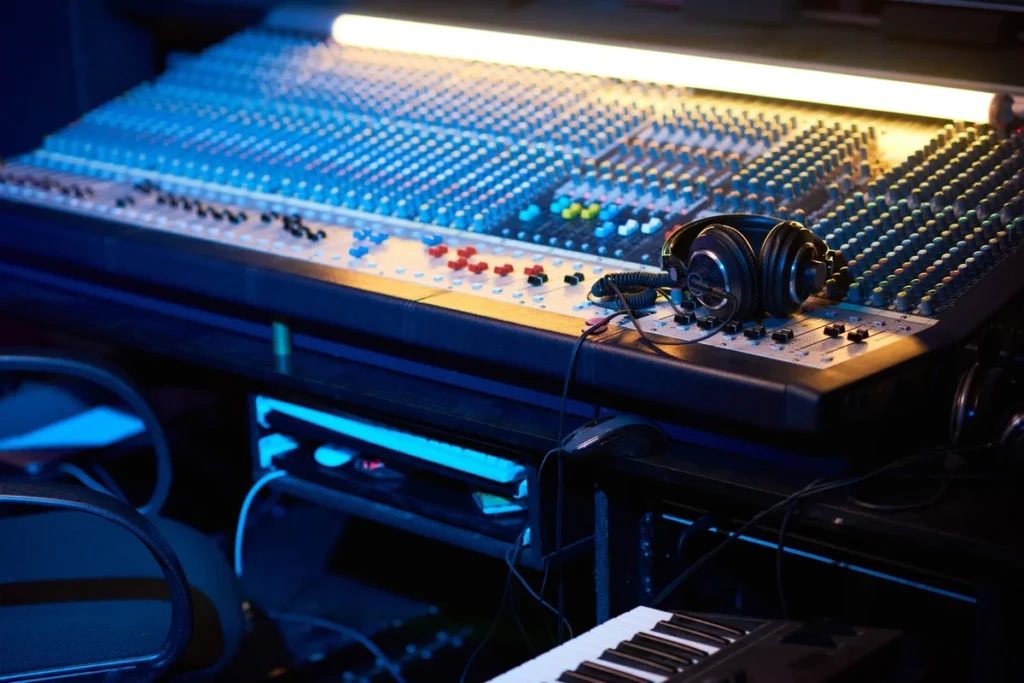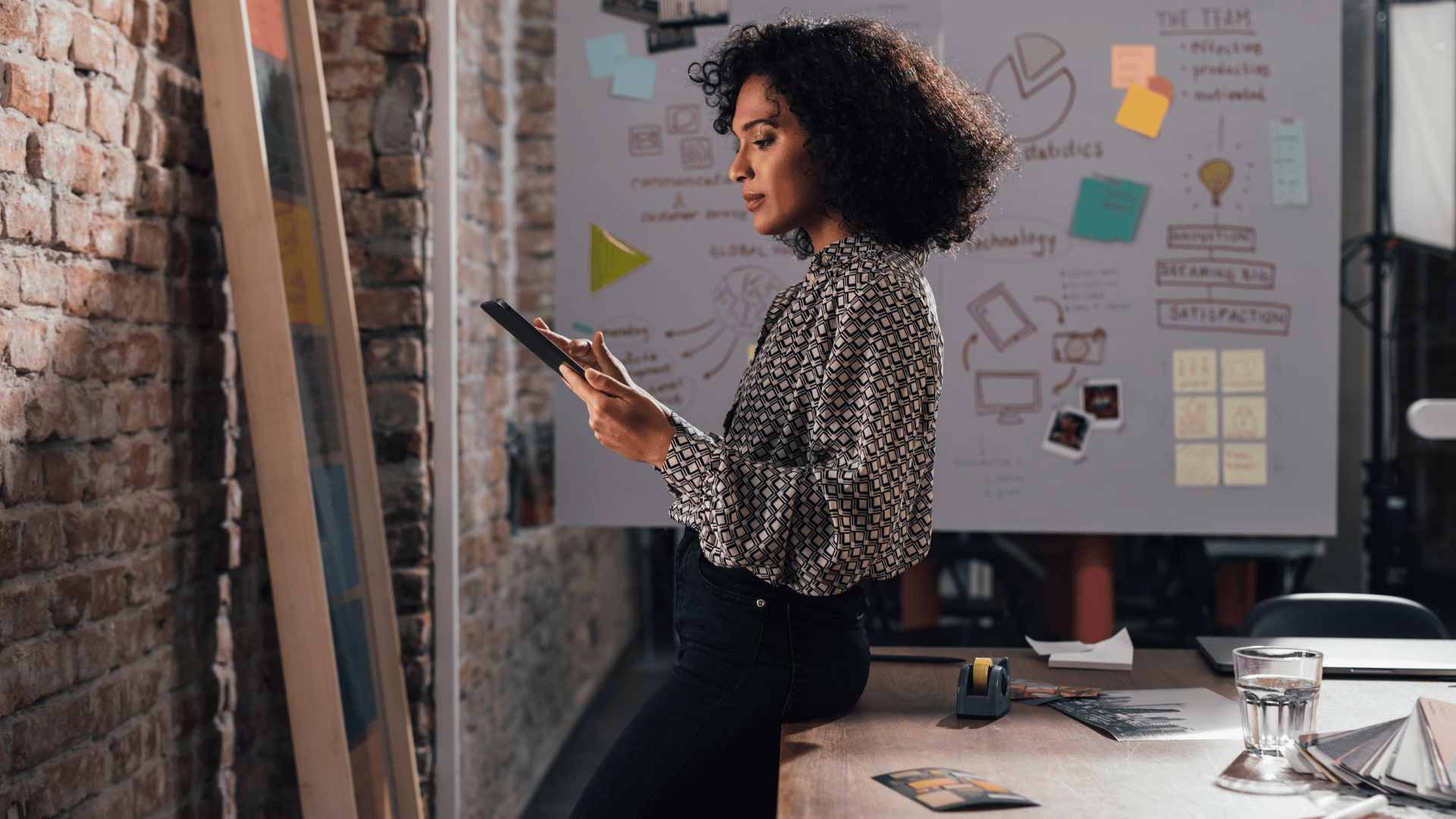Successful collaborations between animators and musicians have the power to create truly captivating and immersive experiences for audiences. When these two creative forces come together, the result can be a seamless fusion of visuals and sound that elevates storytelling to new heights.
In this article, we will explore the key elements that contribute to successful collaborations between animators and musicians, as well as provide valuable insights for those looking to pursue a career in this dynamic and rewarding industry.
Clear Communication
Effective communication is essential in any collaborative effort, and this holds true for partnerships between animators and musicians as well. Ensuring that both parties are on the same page in terms of creative vision, deadlines, and expectations can help prevent misunderstandings and streamline the workflow. Regular check-ins and feedback sessions can also help maintain alignment throughout the project.
Understanding Each Other’s Craft
Animators and musicians come from different artistic backgrounds, each with its own unique language and techniques. To foster a successful collaboration, it is important for both parties to have a basic understanding of each other’s craft.
Animators can benefit from learning about music theory and composition, while musicians can gain insights into animation techniques and storytelling principles.
Creative Freedom and Collaboration
While it is crucial to have a shared vision for the project, allowing room for creative freedom can lead to innovative and unexpected results. Encouraging open collaboration and experimentation can spark new ideas and push the boundaries of what is possible. Trusting in each other’s expertise and creative instincts is key to a successful partnership.
Finding the Right Fit
Not all collaborations will be a perfect match, and that’s okay. It’s important to find a musician whose style and sensibilities align with the tone and theme of the animation, and vice versa. Compatibility in terms of artistic vision, working style, and personality can greatly enhance the collaborative process and result in a more cohesive final product.
Balancing Roles and Contributions
In a successful collaboration, both animators and musicians play a crucial role in shaping the overall narrative and emotional impact of the project. Finding the right balance between visuals and sound is essential, with each element complementing and enhancing the other.
By recognizing and valuing each other’s contributions, animators and musicians can create a harmonious partnership that elevates the work to new heights.
Utilizing Technology and Tools
The advancement of technology has opened up new possibilities for collaboration between animators and musicians. With tools such as digital audio workstations, animation software, and online collaboration platforms, creatives can easily share and integrate their work in real time, regardless of geographical location.
Embracing these technological advancements can streamline the workflow and enhance the creative process.
Networking and Building Relationships
Networking plays a crucial role in the animation and music industries, and building strong relationships with fellow creatives can lead to exciting collaboration opportunities. Attending industry events, joining online forums, and reaching out to potential collaborators can help expand your professional network and open doors to new projects.
Building a reputation for reliability, creativity, and professionalism can also attract like-minded individuals who are eager to collaborate.
Embracing Diversity and Inclusivity
Diversity and inclusivity are essential components of a thriving creative community. By embracing a wide range of perspectives, backgrounds, and experiences, animators and musicians can create work that is rich, authentic, and resonant with a diverse audience.
Collaborating with artists from different cultural backgrounds, genres, and disciplines can lead to fresh insights and innovative approaches that elevate the work to a higher level.
Continuous Learning and Growth
The creative industries are constantly evolving, with new trends, technologies, and opportunities emerging on a regular basis. To stay relevant and competitive, animators and musicians must be committed to continuous learning and growth.
Taking workshops, attending masterclasses, and seeking mentorship from industry veterans can provide valuable insights and help expand your skill set.
Celebrating Success and Acknowledging Challenges
In the fast-paced world of animation and music, it’s important to take a moment to celebrate your successes and acknowledge the challenges you’ve overcome. Whether it’s landing a major collaboration, receiving critical acclaim for your work, or simply completing a project that pushed your creative boundaries, it’s essential to pause and reflect on your achievements.
By recognizing your hard work and resilience, you can stay motivated and inspired to pursue even greater heights in your career.
Conclusion
Successful collaborations between animators and musicians require a unique blend of creativity, communication, and collaboration. By fostering strong partnerships, embracing diversity, and staying open to new ideas, animators and musicians can create work that is truly transformative and impactful.
Key Takeaways:
- Clear communication is essential for successful collaborations between animators and musicians to ensure alignment on creative vision and expectations.
- Understanding each other’s craft by learning about music theory and animation techniques can enhance collaboration and lead to innovative results.
- Creative freedom and collaboration allow for experimentation and can spark new ideas, pushing the boundaries of what is possible.
- Finding the right fit in terms of artistic vision, working style, and personality is crucial for a cohesive final product.
- Balancing roles and contributions between animators and musicians is key to shaping the narrative and emotional impact of the project.
- Utilizing technology and tools such as digital audio workstations and animation software can streamline the workflow and enhance creativity.
- Networking and building relationships within the creative community can lead to exciting collaboration opportunities.
- Embracing diversity and inclusivity can enrich the creative process and resonate with a diverse audience.
- Continuous learning and growth through workshops and mentorship are essential to staying competitive in the evolving creative industries.
- Celebrating successes and acknowledging challenges can help maintain motivation and inspire further career growth.
For those looking to deepen their knowledge and skills in the animation industry, consider exploring the NYU Animation Industry Essentials online course and certificate program offered by Yellowbrick. This comprehensive program can provide valuable insights and practical knowledge to help you excel in your career as an animator or musician.








